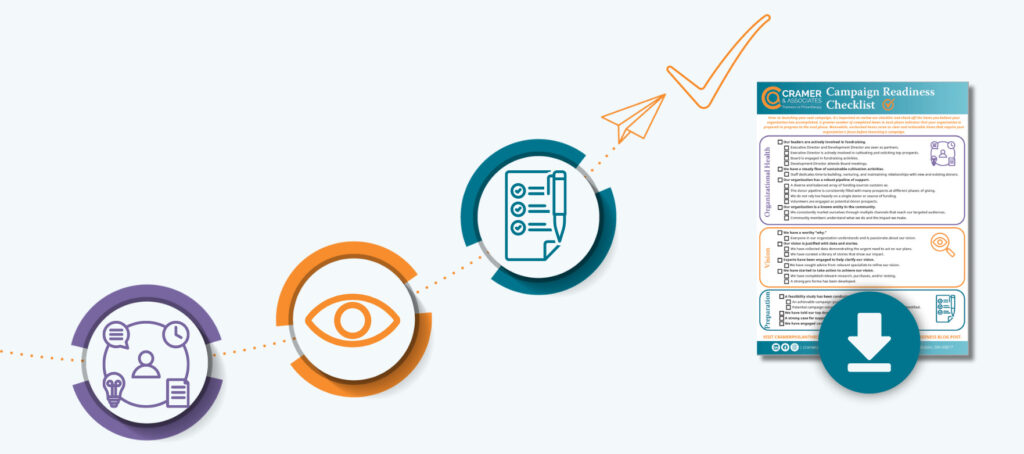Does this meeting scenario sound familiar? Your weekly staff meetings are probably up and running and back to normal after the holiday season. Leaders are wandering in 15 minutes after the start time and the meeting is running over by more than a half an hour. Someone realized that no one did an agenda. Most of the meeting discussion is a recap about last week’s donor visits, or a lingering maintenance issue, but no one is keeping a list of action items to help the team move forward to next steps.
The meeting ends with the leader needing to run to the next meeting and the rest of the staff move on to checking email and being responsive to the next challenge for the rest of the day.
So what can you do to drive greater fundraising results in 2018 through our meetings?
We sat down with Dawn Robinson, Senior Consultant to gain some insight in switching gears and changing styles for the meetings.
Dawn shared that “shortening up meetings and sticking to only a few main points helps the team generate more completed actions.”
In addition, “the Cramer Team used a shortened 60-minute weekly meeting style at a non-profit organization that was on a deadline and needed to complete a project quickly,” explained Dawn. “We had an agenda with the meeting’s purpose and its objectives. We started the meeting on time and created action items for each participant. In addition, at the conclusion of the meeting we had a 15 minute check-in call with the Board chair to review the action lists and objectives, which helped to create accountability for all.”
Dawn concluded that non-profits should make sure problems are getting discussed and a plan developed to resolve them during the meetings and not just “talked about” over coffee.
In the book, The Moonshot Effect, Disrupting Business As Usual, authors Lisa Goldman and Kate Purmal identified how high-performing teams run high-performing meetings. Here is exactly what they found:
- Meetings start and end on time – add time spans to your agenda and pick someone to be the time keeper.
- Meetings have an outcome-based purpose – identify the purpose of the meeting like resolve a problem or brainstorm ideas.
- Meetings generate a list of committed actions – develop a checklist of action items that need to be finished by the next meeting.
- Meetings end with a powerful close – ask individuals to share what they learned this week.
In addition, off-site retreats and brainstorming sessions can generate innovation and strategy building. By bringing a diverse group to the table, you invite two-way conversations that allows your group to generate new ideas that can be used to grow your culture of philanthropy.
Don’t be afraid to change your meeting style to help generate greater results and collaboration. Up Next as we review meeting strategies, we will focus on board meetings and especially a walking board meeting tactic.






